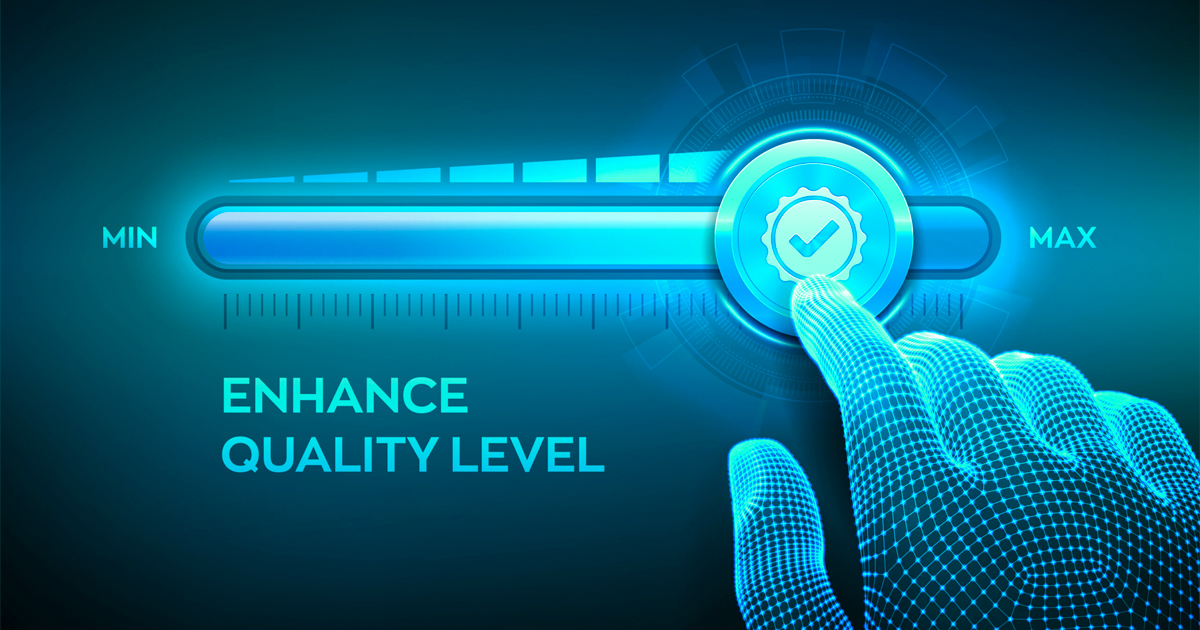Quality assurance (QA) testing is an essential process in product development that ensures that the final product meets customer expectations and industry standards. In today’s competitive market, it is essential for businesses to deliver high-quality products that meet customer needs and expectations to remain competitive. This article explores different approaches to QA testing and how they can be used to identify and mitigate potential issues in products before they are released to the market.
Types of QA Testing
There are several types of QA testing, including manual testing, automated testing, and exploratory testing. Each of these approaches has its advantages and disadvantages, and the choice of which approach to use depends on the specific product being developed.
- Manual Testing: Manual testing involves testing the product manually by a human tester. This approach is the most traditional way of testing products and can be useful in identifying issues that might be missed by automated testing. Manual testing can be time-consuming and costly, but it can be used to test complex scenarios that are difficult to automate.
- Automated Testing: Automated testing involves using software tools to test products automatically. This approach is faster and more efficient than manual testing and can be used to test large sets of data. Automated testing is ideal for testing repetitive tasks and can be used to test products quickly and consistently.
- Exploratory Testing: Exploratory testing is a flexible approach to testing that involves testing the product while exploring different scenarios. This approach is ideal for testing complex products where the tester needs to understand how the product works and how it interacts with other products.
Strategies for Effective QA Testing
- Define Test Objectives: Defining test objectives is the first step in developing an effective QA testing strategy. This involves identifying the goals of the test and the criteria that will be used to evaluate the product’s performance. Defining test objectives ensures that the testing process is focused and that the team understands what needs to be tested and why.
- Use Test Management Tools: Test management tools are software applications that help manage the testing process. These tools can be used to organize test cases, track testing progress, and generate reports. Test management tools are essential for managing the testing process efficiently and ensuring that testing is completed on time.
- Conduct Regression Testing: Regression testing involves testing the product after changes have been made to ensure that previous functionality has not been affected. This approach is essential for ensuring that new features do not break existing functionality.
- Test Early and Often: Testing early and often is essential for identifying issues early in the development process. This approach can save time and money by identifying issues before they become more complex to fix.
- Implement Continuous Integration and Delivery: Continuous integration and delivery (CI/CD) involves integrating code changes into the main code repository and automatically delivering new code to production. This approach ensures that code changes are tested continuously and that new features are delivered quickly and efficiently.
Benefits of Effective QA Testing
Effective QA testing can provide several benefits, including:
- Improved Product Quality: Effective QA testing can identify and mitigate potential issues before they are released to the market, improving product quality and customer satisfaction.
- Cost Savings: Effective QA testing can identify issues early in the development process, reducing the cost of fixing issues later.
- Faster Time-to-Market: QA testing can help identify issues early in the development process, reducing the time required to fix issues and enabling faster time-to-market.
Conclusion
Effective QA testing is critical to ensuring product quality, reducing costs, and achieving faster time-to-market. By defining test objectives, using test management tools, conducting regression testing, testing early and often, and implementing continuous integration and delivery, businesses can develop high-quality products that meet customer needs and expectations.
